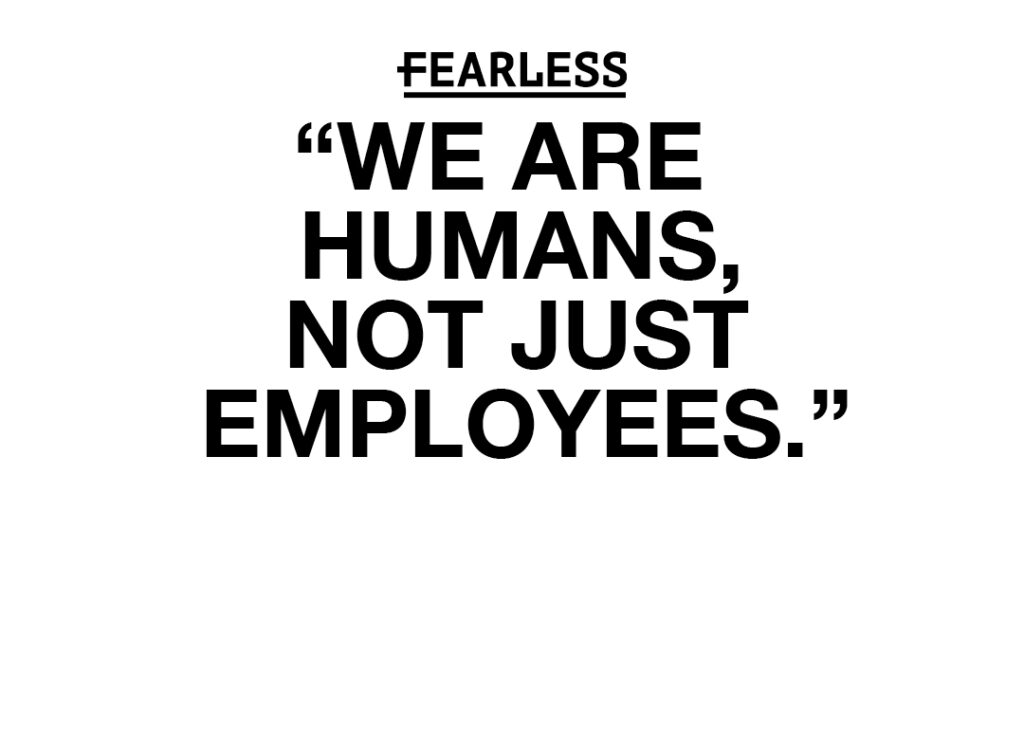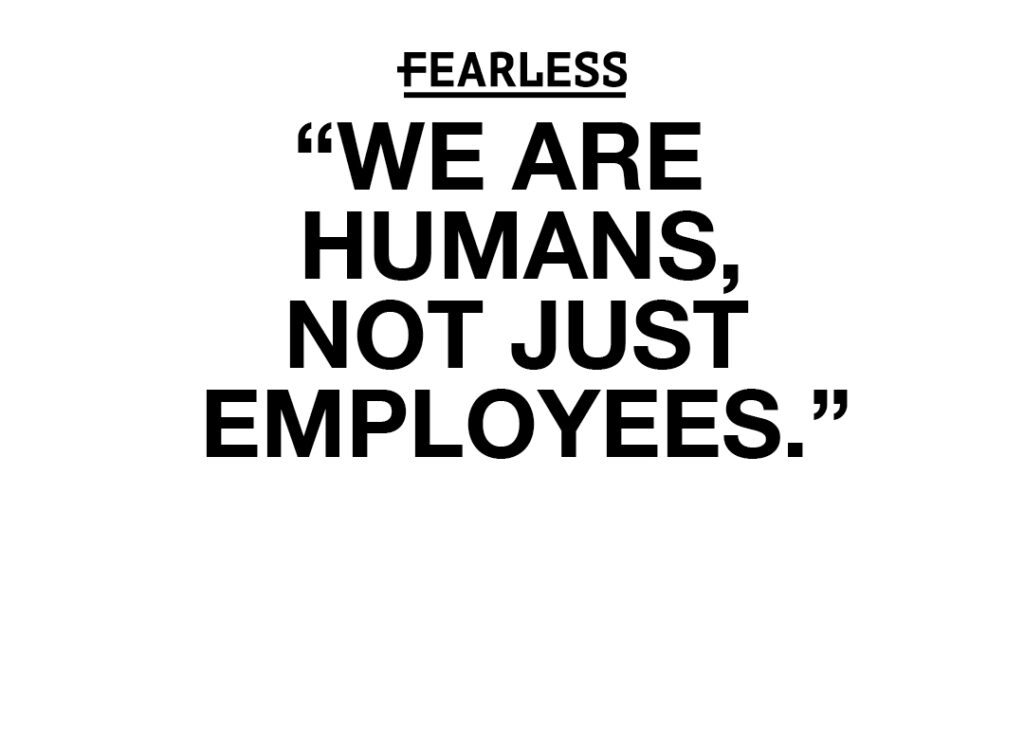On Leadership: Let’s keep making history: 10 ways women are advancing in the workplace and in the boardroom

SUZANNA de BACA Mar 15, 2022 | 8:47 pm
4 min read time
853 wordsBusiness Record Insider, On Leadership, Opinion, Women’s and Gender Issues
When I was growing up, I had a “working mother.” That is what women who worked outside the home were called in the ’60s and ’70s. For a mom to have a career was not the norm, and women in the workplace faced significant adversity and discrimination. Even more unusual was the fact that my best friend’s mom was something called a board director. We didn’t even know what that meant, but she wore suits to meetings and talked about the economy and we knew she was a big deal.
Whether they knew it or not, our mothers were pioneers for gender equity and role models for my friends and me just as their mothers and others had been for them.
Flash forward to 2022. Over the years, women have made tremendous advances in the workplace and in the boardroom, thanks to women who paved the way as well as men who helped to change culture and championed the status of women. While we still have far to go to achieve gender equality, during Women’s History Month it is especially important to highlight the positive changes that have occurred.
Here are 10 ways women are advancing in the workplace and in the boardroom:
- In the last five years, women in the U.S. have advanced at every leadership level in the workplace, according to McKinsey & Co.’s Women in the Workplace 2021 study. That includes women in director, vice president, senior vice president and C-suite roles. However, women of color are not advancing at the same rate, and have C-suite representation of only 4% compared with 20% for white women.
- Despite the stresses of the pandemic, women are doing more to support teams and advance diversity, equity and inclusivity than their male counterparts, says the same McKinsey study, adding that women leaders with traditionally marginalized identities are twice as likely to focus on DEI over and above their formal responsibilities. Unfortunately, the report indicates that these efforts are not always recognized or valued.
- The multiplier effect is working; when there is one woman in the C-suite, there is a correlation of three women in senior management roles, says the Deloitte Within Reach 2021 study. Despite this effect, only 8.2% of Fortune 500 CEOs are women, according to the 2021 Women CEOs in America Report.
- The wage gap is narrowing for younger women. According to the Pew Research Center, women ages 25-34 earned 93 cents for every dollar a male in the same demographic earned, higher than the still significant 84-cent level for women overall.
- 100% of S&P 500 boards now have female board representation of at least one woman, compared with 91% 10 years ago, reports Spencer Stuart’s 2021 Board Index.
- Women make up 30.6% of all S&P board seats as of 2021, an increase of 9 percentage points from 2017, the year that the #MeToo movement raised awareness of harassment challenges faced by a multitude of women, according to that same index. Unfortunately, while white women gained the most seats, Black, Hispanic and Asian women represent only around 7% of Fortune 500 companies, according to a 2021 study by the Alliance for Board Diversity and Deloitte.
- At a global level, more women are joining corporate boards, says the Deloitte report. The global average of women on boards is 19.4%, up 2.8 points from the last report in 2019.
- Board diversity in the U.S. is also on the rise, according to the Deloitte report, with 72% of new independent directors from historically underrepresented groups in 2021.
- Companies with women CEOs tend to have the most diverse boards, with 33.5% women versus the 19.4% average, according to a 2021 Corporate Women Directors International survey.
- Gender parity in the workplace and boardroom is within reach. According to the Inside the Public Company Boardroom 2021 report, if the trends we are seeing now continue, board representation in the U.S. will be 50% female by 2035. At a global level, the Deloitte report indicates that if representation of women continues at the same pace, we will have gender parity on boards by 2045.
Despite these gains, most studies emphasize significant recent declines in the overall status of women in the workplace. Continued discrimination, lack of recognition and allyship, and challenges with balancing responsibilities between home and work continue to hold women back, create stress and burnout, and are contributing to a mass exodus of women from the workforce. This is especially true for women of color, women with different abilities or those who are members of the LGBTQ community. And while women have made recent gains in the boardroom, the average tenure on a corporate board is still less than men’s and board leadership roles are less often held by women.
We celebrate our advancements, knowing that women and men have forged ahead to create change and further gender equity, but at the same time acknowledge that there is work to be done and changes that must be made.
It will take all of us to create a more equitable world of work for women and others across the world and here in the U.S.









